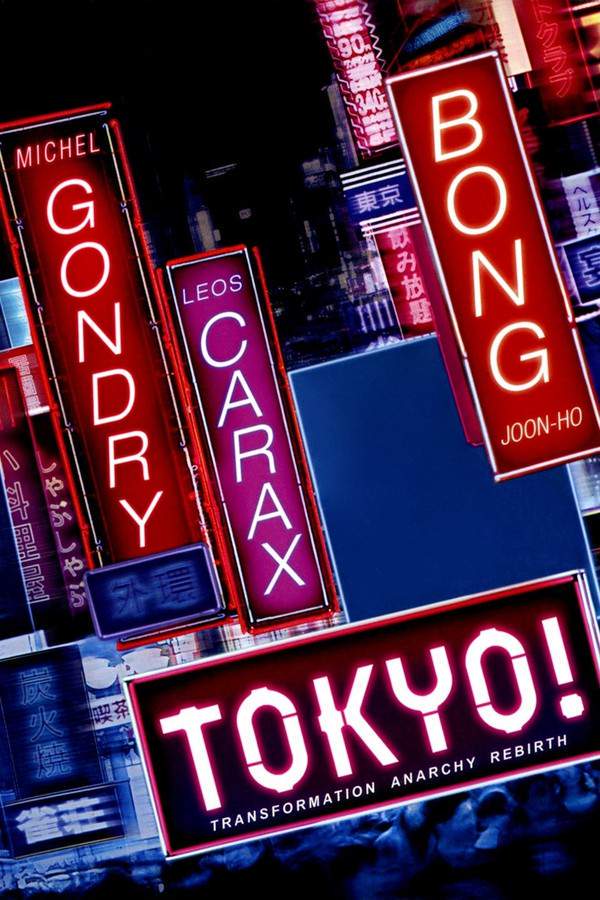
Takeshis’
Year: 2005
Runtime: 108 mins
Language: Japanese
Beat Takeshi leads a hectic, often surreal career as a top show‑business star. One day he encounters a blond doppelgänger, Kitano, a shy convenience‑store clerk and aspiring actor desperate for his big break. As their lives intersect, Kitano begins to experience vivid hallucinations, believing he is becoming Beat himself.
Warning: spoilers below!
Haven’t seen Takeshis’ yet? This summary contains major spoilers. Bookmark the page, watch the movie, and come back for the full breakdown. If you're ready, scroll on and relive the story!
Takeshis’ (2005) – Full Plot Summary & Ending Explained
Read the complete plot breakdown of Takeshis’ (2005), including all key story events, major twists, and the ending explained in detail. Discover what really happened—and what it all means.
Two intertwined stories unfold around two versions of the same man: Beat Takeshi and his look‑alike, Mr. Kitano, both brought to life by Takeshi Kitano. The film follows these two figures as they drift through a shared, paranoid cinema of dreams and reality, where the lines between actor and persona, dream and deed, become increasingly blurred.
In the world of film and television, Beat Takeshi stands as a towering showbiz figure, surrounded by a recurring troupe who inhabit his life in double roles. His girlfriend Kotomi Kyōno appears beside him, his manager Ren Osugi keeps the wheels turning, and his former stand‑up partner lingers in memory and performance, a constant echo of who he used to be. The film also briefly revisits the tense, bromantic bond with Susumu Terajima, grounding the meta‑narrative in real faces that feed the dreamlike sequence.
Kitano’s other half enters the frame in a clown’s garb among the TV crew, a plain man who longs for the aura and charisma of the movie star. This version of Kitano longs for validation and finds himself autograph-seeking from the very idol he admires, a moment that cements their strange proximity. The two Strands collide as the ordinary man—who works as a convenience-store clerk and moonlights as a taxi driver—begins to blur the borders between his own life and the movie world he imagines. Nightmares bleed into daylight as surreal imagery flashes through his days: looming figures, dead bodies in roadside scenes, almost ritualized repetitions that threaten to become his reality.
A cascade of violent fantasy erupts when the ordinary man reaches for a gun amid a neighborhood quarrel, setting off a chain of killings that ripple through his world. The film segues into a dizzying, dreamlike sequence where underground nightclubs, shadowy gun battles, and a feverish sense of lawless adventure push him toward an alternate, almost island‑paradise epoch—evoking the mood of the director’s tougher, kinetic frames. Throughout this fever dream, the visual motifs recur: the odd caterpillar in a bouquet, a Taishū engeki female impersonator, tap dancers in a rehearsal space, a transvestite chanson singer, a pair of fat twins, and scenes in a ramen shop that loop and reappear in ever‑shifting contexts. Taichi Saotome and Akihiro Miwa anchor these recurring images with their own iconic touches, adding layers to the spectacle.
As the daydream intensifies, the boundary between the two Takeshis dissolves and the two halves of Kitano’s world collide more directly. The “Beat” persona seems to claim a rising heartthrob charisma, while the ordinary man acts out in ways that mirror a movie star’s legend. The fantasy collapses back into the ordinary life—until a stark trigger cuts through the reverie: the autograph greeting, “Hello Mr. Clown!” This moment shivers through the film and appears to seal the fate of the Beat Takeshi figure, even as the camera lingers on him in a close‑up that suggests the entire sequence might be a dream inside a dream.
The ending circles back to the bookends of the narrative—those opening images of an American soldier and the gun battle that began it all—leaving the audience with a lingering, unresolved question: is what we’ve witnessed a vivid dream of Beat Takeshi, or a dangerous, self‑made reality for Mr. Kitano? The film closes on a hypnotic note, inviting viewers to piece together what is real, what is performative, and what remains forever out of reach in the murky, glittering world of Takeshis’.
Last Updated: October 09, 2025 at 16:46
Unlock the Full Story of Takeshis’
Don't stop at just watching — explore Takeshis’ in full detail. From the complete plot summary and scene-by-scene timeline to character breakdowns, thematic analysis, and a deep dive into the ending — every page helps you truly understand what Takeshis’ is all about. Plus, discover what's next after the movie.
Takeshis’ Timeline
Track the full timeline of Takeshis’ with every major event arranged chronologically. Perfect for decoding non-linear storytelling, flashbacks, or parallel narratives with a clear scene-by-scene breakdown.

Characters, Settings & Themes in Takeshis’
Discover the characters, locations, and core themes that shape Takeshis’. Get insights into symbolic elements, setting significance, and deeper narrative meaning — ideal for thematic analysis and movie breakdowns.

Similar Movies to Takeshis’
Discover movies like Takeshis’ that share similar genres, themes, and storytelling elements. Whether you’re drawn to the atmosphere, character arcs, or plot structure, these curated recommendations will help you explore more films you’ll love.
Explore More About Movie Takeshis’
Takeshis’ (2005) Scene-by-Scene Movie Timeline
Takeshis’ (2005) Movie Characters, Themes & Settings
Takeshis’ (2005) Spoiler-Free Summary & Key Flow
Movies Like Takeshis’ – Similar Titles You’ll Enjoy
Tokyo! (2009) Spoiler-Packed Plot Recap
Big Man Japan (2009) Story Summary & Characters
Special Actors (2019) Movie Recap & Themes
Utsushimi (2000) Ending Explained & Film Insights
That Man Is Dangerous: The Birth of Takeshi Kitano (2016) Spoiler-Packed Plot Recap
Dreams (1990) Detailed Story Recap
The Crazy Family (1984) Complete Plot Breakdown
Glory to the Filmmaker! (2007) Movie Recap & Themes
Legendary Hit-man, Kunioka (2021) Plot Summary & Ending Explained
Asakusa Kid (2021) Spoiler-Packed Plot Recap
Tokyo Fist (1995) Story Summary & Characters
Crazy Love (1968) Spoiler-Packed Plot Recap
Branded to Kill (1967) Movie Recap & Themes
Ishimatsu: the One-Eyed Avenger (1960) Detailed Story Recap
Throw Away Your Books, Rally in the Streets (1971) Plot Summary & Ending Explained

















